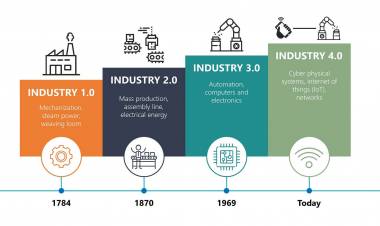The KPIs of digital transformation in 2020.

The KPIs of digital transformation in 2020.
To measure the success of your strategy, it is advisable to divide the long-term plan into small projects with specific KPIs, which answer the questions posed.
While traditional income, cost and customer satisfaction indicators must be taken into account, organizations must go further. These are some KPIs to consider:
Organizational
- Percentage of marketing spending on digital channels.
- Participation of the organization in the market.
- Digital maturity ratio of employees, including managers and senior managers.
- Percentage of income through digital channels.
- Contribution of each department to digital initiatives (purchasing, finance, human resources, IT, sales and marketing).
Customer Focus
- Acquisition rate of new customers.
- Number of contact points aimed at improving the user experience.
- Percentage increase in customer participation in digital channels.
- Reduction in time to market new products to customers.
- Change in user behavior over time on all channels.
Innovation
- Number of innovative ideas that reach the implementation stage.
- Number of new products or services launched in the market.
- Percentage of income from new products or services.
- Number of new business models adopted for different classes of customers.
- Rate of new applications and API to offer new products and services inside and outside the company.
A digital transformation is a great cultural change and, like any change, can cause fear and lead to resistance. Clear communication, about why it is necessary to change and what benefits it will bring to each department and employee, is key to starting the process of digital transformation within an organization.
Once this fear is overcome and the strategy is in the planning process, define the KPIs according to your objectives; taking into account that, although planning is important, the analysis of the results is more important, since their decisions will depend on the future.



















